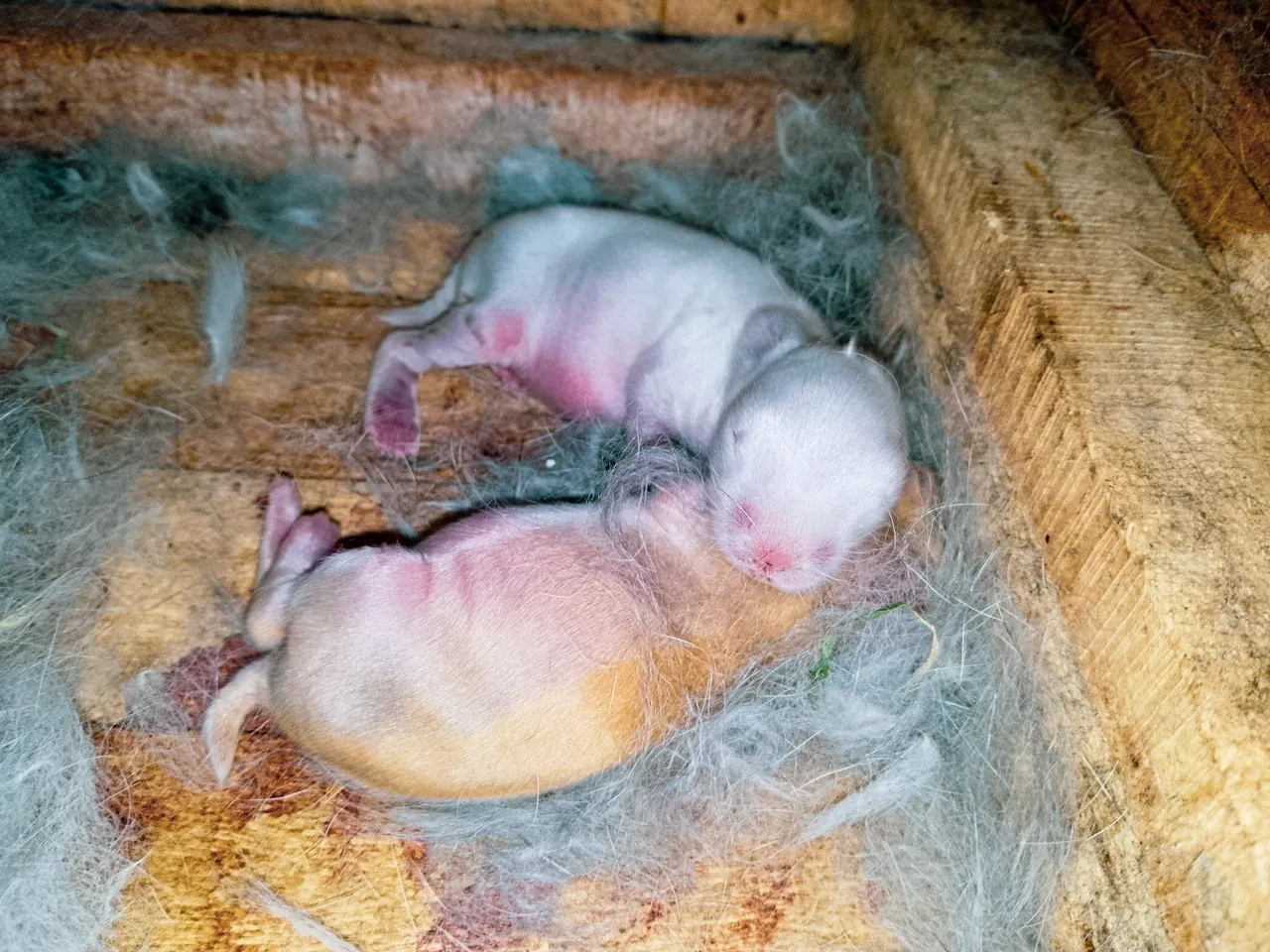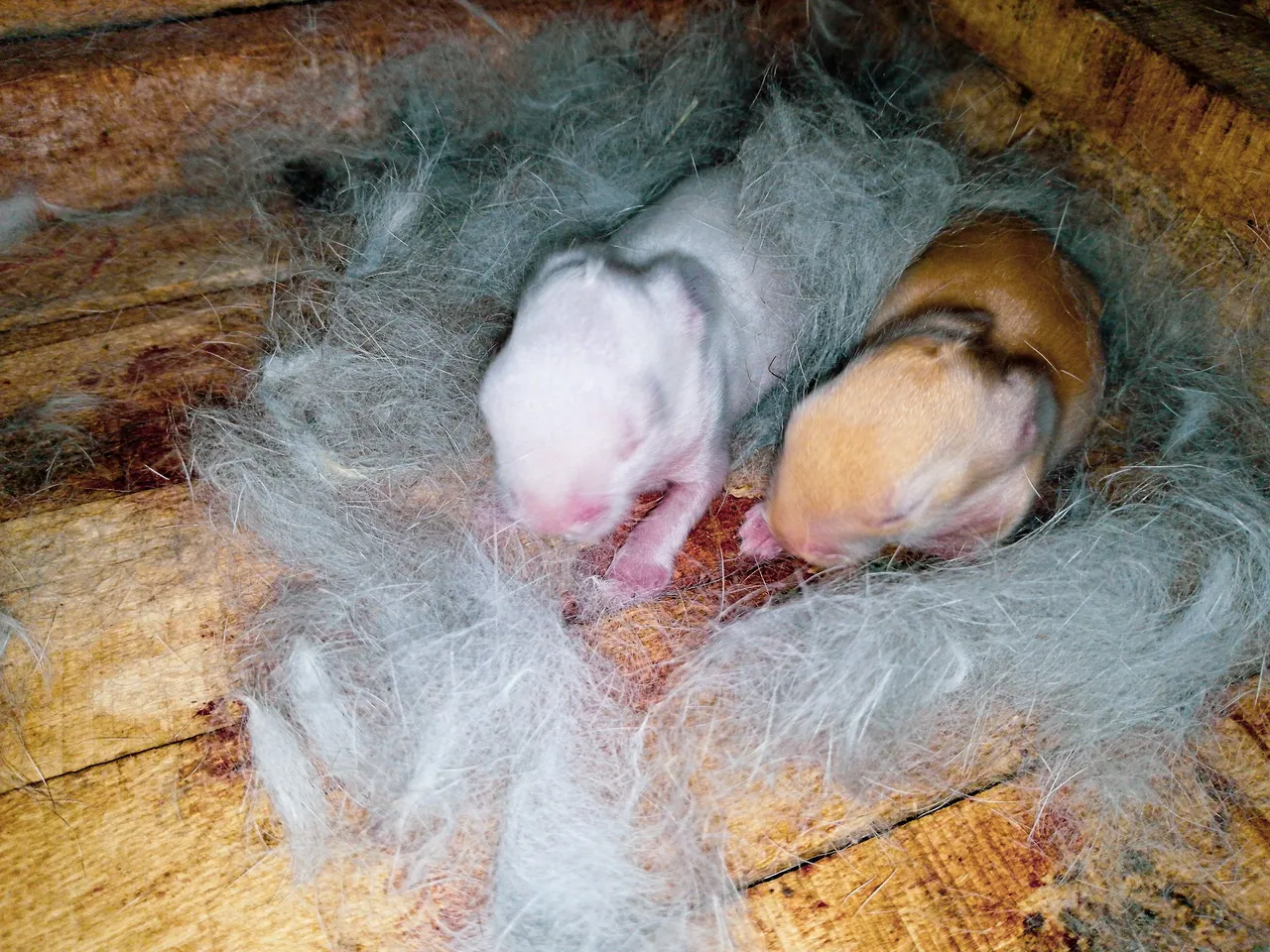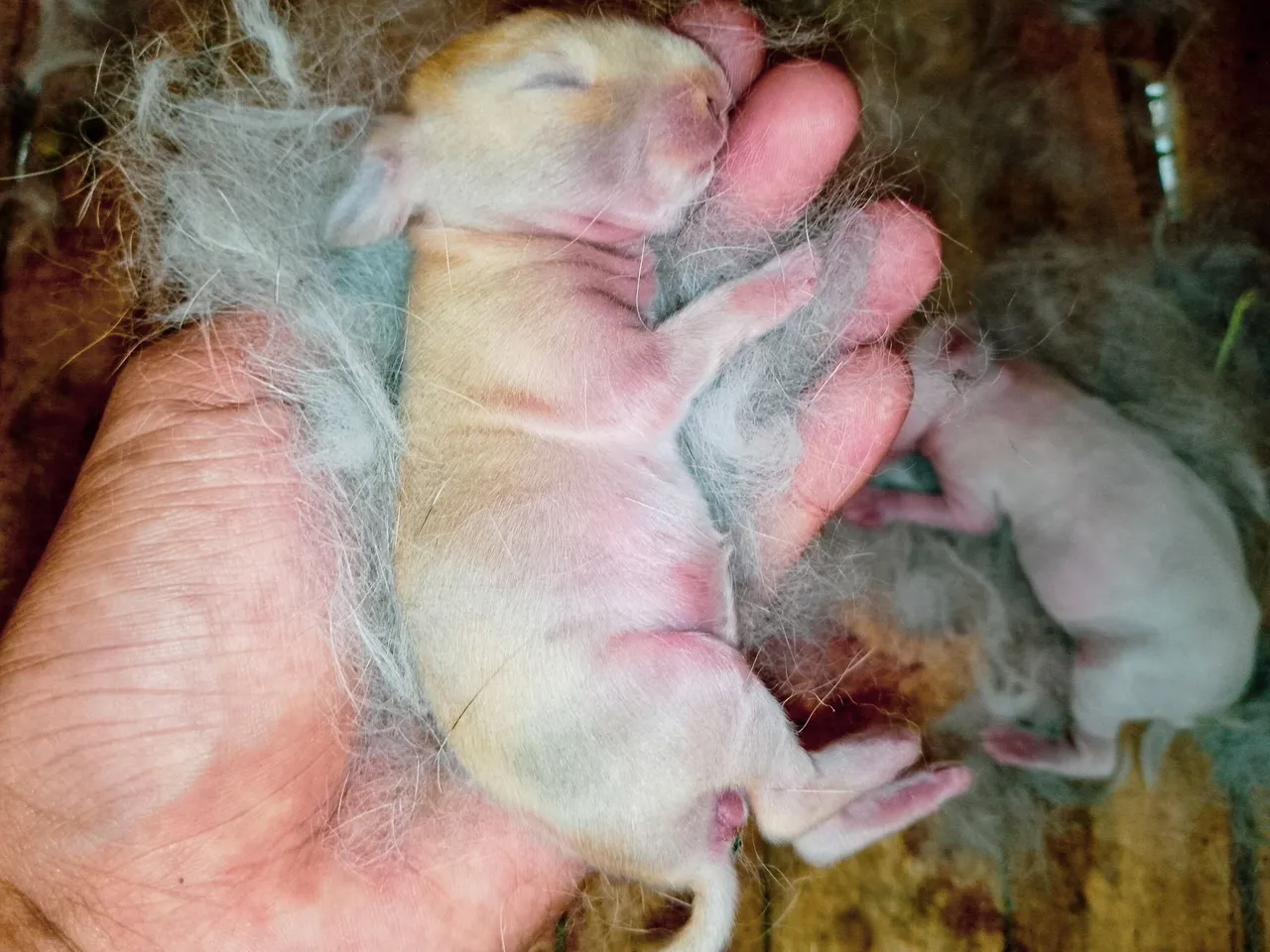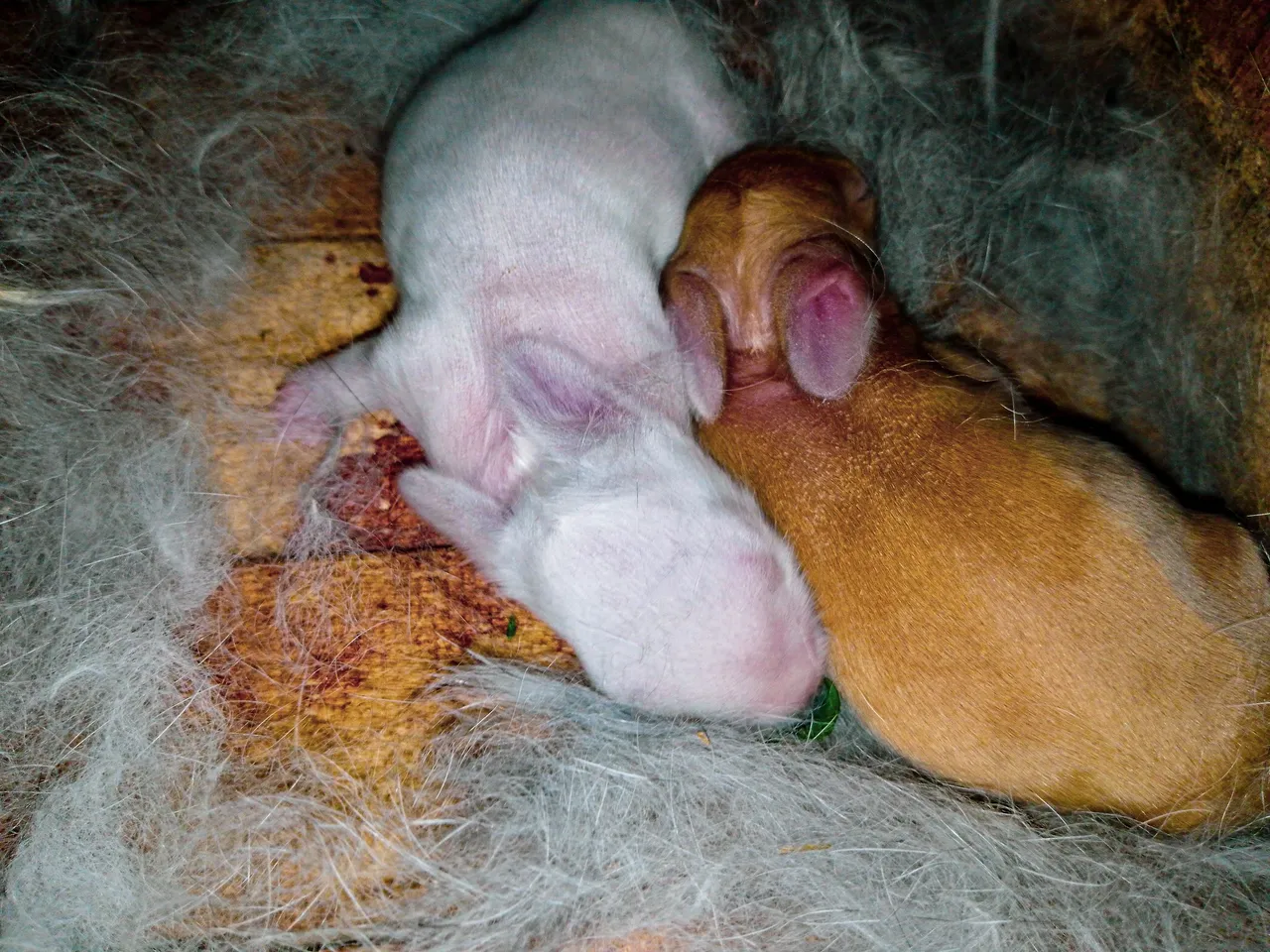It was two weeks ago, when I posted about the fight between my rabbits, specifically, my pair of doe and buck. Looking back at what happened, all I thought my doe was being territorial in her cage and didn’t want a buck to live with her. That was my initial and final conclusion on my blog, but I think I missed out on something important in my analysis because she wasn’t acting for no reason.
I continued to observe her in the cage whether her behavior will change if I temporarily remove the buck. Well, after two days of the buck’s absence in the cage, her mood became good and she was like so happy. As if, she waited for that day to come. But, due to my eagerness for them to mate, I put the buck back in the cage and thankfully, they became okay once again.

However, a few days later, my mother noticed that my doe was continuously scratching the floor of the cage. It means that there is something wrong because it was unusual for them to dig and scratch out of the blue. My mother told me to put the nesting wooden box where the doe gives birth. I thought it was not a good idea but I know a mother’s instinct is usually correct. So, before sunset, I cleaned the nesting box and put it inside the cage.
I had to remove the buck from the cage just to make sure she was really in labor and will give birth anytime. The next morning, I was totally surprised that she actually gave birth to three kits (refers to as baby rabbits). Unfortunately, there was one who didn’t survive and died. I found that kit cold as ice, which means that most probably, the doe gave birth around 2 a.m. to 4 a.m. I immediately fixed the nesting box and gave my doe plenty of Moringa (Malunggay in Filipino term).

So, instead of three kits, I now have two kits in the cage with their mother. It was pretty sad on my part but what can I do if the kit didn’t make it, how unfortunate. I’m just glad about the two kits that’ll give me sweet joy and entertainment as they grow. In my year and a half of raising rabbits, it was the first time to encounter three two-three kits from the doe. I would definitely observe what’ll happen to the babies, whether they’ll gain more weight or not, if their growth is fast compared to kits who are born with six to seven, and if the doe has more sense of protection since there is only two.

One thing I noticed from the kits is that they grow really fast. Their fur development appears to be faster than my previous kits. Back then, their fur will come out around 6-7 days. But in my new kits, the fur is much more visible and you can clearly see it in the photos. Basically, you can already conclude that their fur color is white and brown.

Additionally, their weight mass is heavier than the others. Perhaps, it’s because there are only two of them drinking milk from their mother. Whenever I will lift them, I made sure that I would scratch my hand to their mother’s fur first. Why is it? It’s because it prevents the other smell (my natural smell) to pass onto the kit's body. Their mother might be confused and will not care for them anymore. Also, I’ll get a bit of fur from the nesting box and cover it with the kits when I hold them in my hand. It’s the safest way of holding them, too.

If you have a rabbit, and it gives birth for the first time. Let the doe do what it does and don’t force it to do anything because like humans, it has its own motherly instincts and she’s adjusting as well. It’s also painful for female rabbits to labor and give birth to many kits. For sure, although we don’t know what it feels like, but you can see how exhausted and hungry they were after. There are at least, 24 to 36 hours before she feeds her kits with milk. Don’t be surprised about that.
As of now, I’m taking down notes of whatever events happen in my new kits. I really want to have a good conclusion, observations, and narration about them so that I can understand how they live. I’m so dedicated to raising them, collecting information, and selling some if I can’t take care of them. It felt good when you know to yourself that your pets are in good hands. I believe that our pets can feel it, too.